Should You, or Should You NOT Store Bread in the Fridge?

There’s a BIG debate going on at our house (with a hefty bet attached): Should you or should you not store bread in the refrigerator? My husband insists this keeps it from molding. I dislike that taste of refrigerated bread (stale bread). At this juncture we’ve reached no agreement…
So I wondered what the pros and just-folks had to say about this issue. Here’s something I found on a favorite site, Care2 (www.care2.com). If you’re wondering the same thing (as well as what else should or shouldn’t be kept in the fridge), read on.

According to Donna Smallin Kuper, Home Depot consultant on all things cleaning, organizing, and appliance-related, “The refrigerator was invented to preserve food, but some foods actually spoil more quickly in cooler temperatures. To make your food last longer and taste better, learn how to store it properly. Here’s what to know to store your food effectively:
First, What Not to Refrigerate. Some vegetables do not keep well in the refrigerator. For example, here’s what refrigerated cold air negatively affects:
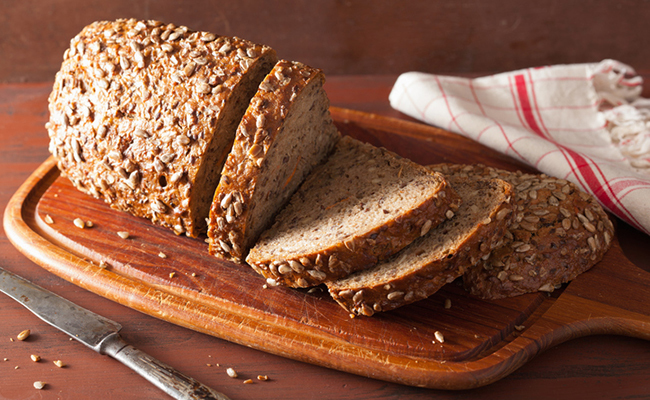
BREADS. They will go stale much faster if you keep them in the fridge. Their starches break down faster in cold temperatures. (HAH! Guess who won the bet!)
However, freezing slows down that degradation, keeping the bread fresh. For the best taste, wrap bread in foil, store it in the freezer, then reheat it when you’re ready to serve it. If you don’t think you’ll use the entire loaf in one sitting, break it into smaller portions and freeze what you don’t need. (OK, but we weren’t talking about freezing; I think I still won the bet!)
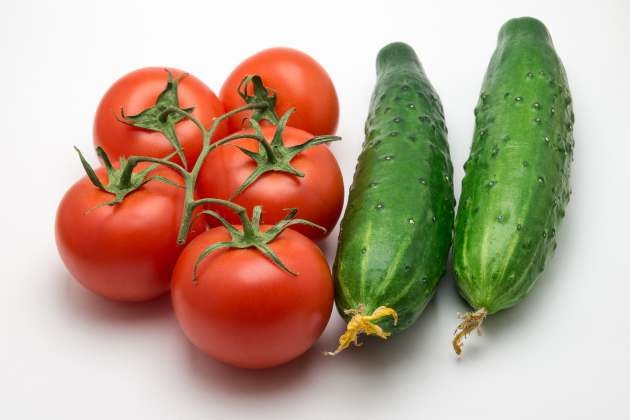
CUCUMBERS and TOMATOES. It destroys their flavor. Instead of refrigerating your cucumbers, dip them in cold water, then store them in a cool, dry place. If you want to serve them cold, chill them right before serving.
POTATOES. The starch breaks down quickly in colder temperatures.
WINTER SQUASH. Same problem as spuds.
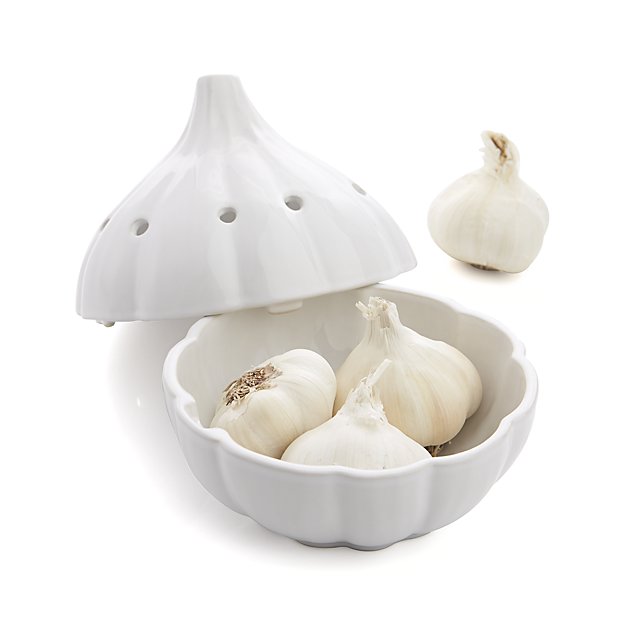
GARLIC. Flavor deteriorates. Store it on the counter or in a cupboard in a keeper made just for garlic.
GINGERROOT. Same problem as garlic.
MATURE ONIONS. Flavor breaks down and they deteriorate quicker.
Store most fruit at room temperature until it is ripe, including apples, bananas, melons, pears, plums, avocados, peaches, pineapples, and tomatoes.
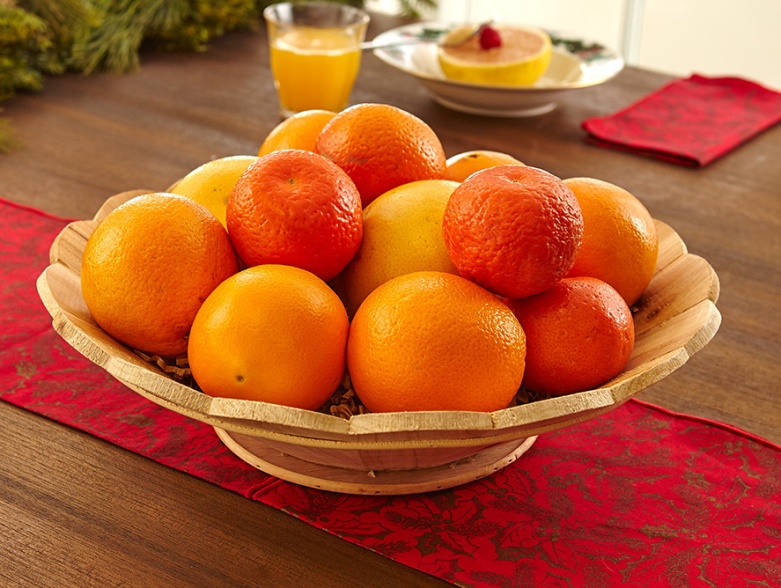
Citrus fruits keep best at room temperature because they have a waxy coating that seals in moisture.
And here’s Donna’s advice about the crisper drawer (aka salad drawer): “Take advantage of your refrigerator’s crisper drawers. They’re designed to seal tightly and retain humidity, which helps vegetables stay moist.
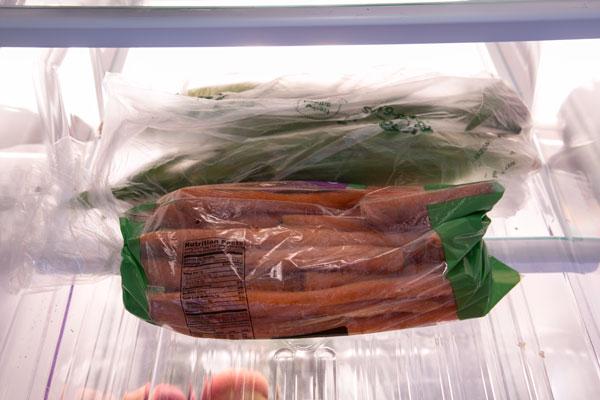
“Place, lettuce, broccoli, carrots, cauliflower, celery, green beans, and scallions in resealable airtight bags or containers, then put them in the drawer with the highest humidity. As you close each container, try to squeeze out as much air as possible. Wrap peppers, eggplants, summer squash, beets, cabbage, and mushrooms in a loose covering, such as a towel or a plastic produce bag, before refrigerating.
“Fruit keeps best in a lower-humidity crisper drawer. Use the knobs above your crisper drawers to adjust the amount of humidity created. Refrigerate grapes and berries in a paper bag with perforated holes or cover them loosely with plastic wrap. Store ripened fruit (except bananas) and cut-up fruit (in airtight containers) in your crisper drawer to maintain freshness.”
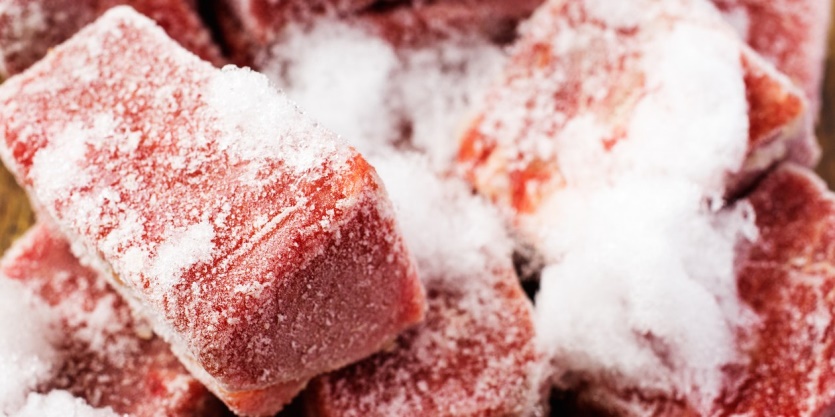
Finally, here is a rule of thumb for cleaning out the refrigerator: When in doubt, throw it out. Most of us get that. But what about the stuff in the freezer? Well, although frozen foods will keep almost indefinitely at zero degrees Fahrenheit, their quality deteriorates over time. The rule of thumb is to throw out meats covered with a thick layer of frost and anything that’s been in the freezer for more than a year (freezer burn can never be made palatable!).
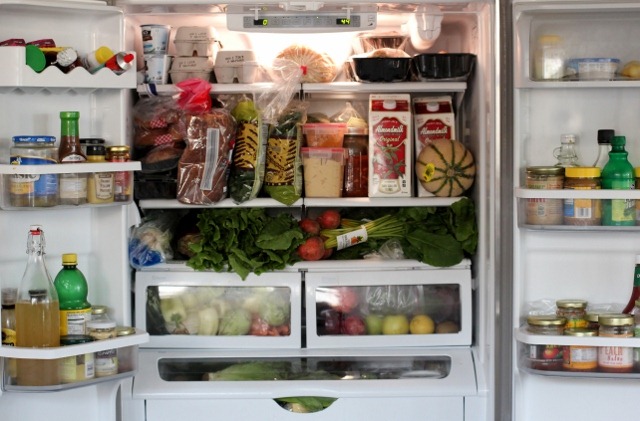
The bottom line is to avoid over-packing the refrigerator. It can do its job best when that cool air circulates well. (And if stashing bread in the fridge has contributed to your over-packing, well…now you know!)
- www.freeemotions.com
- www.care2.com
- www.sotki.ru.com
- www.fullplateliving.org
- www.epicurious.com
- www.dailygarnish.com
 Alice Osborne
Alice Osborne
Weekly Newsletter Contributor since 2006
Email the author! alice@dvo.com
